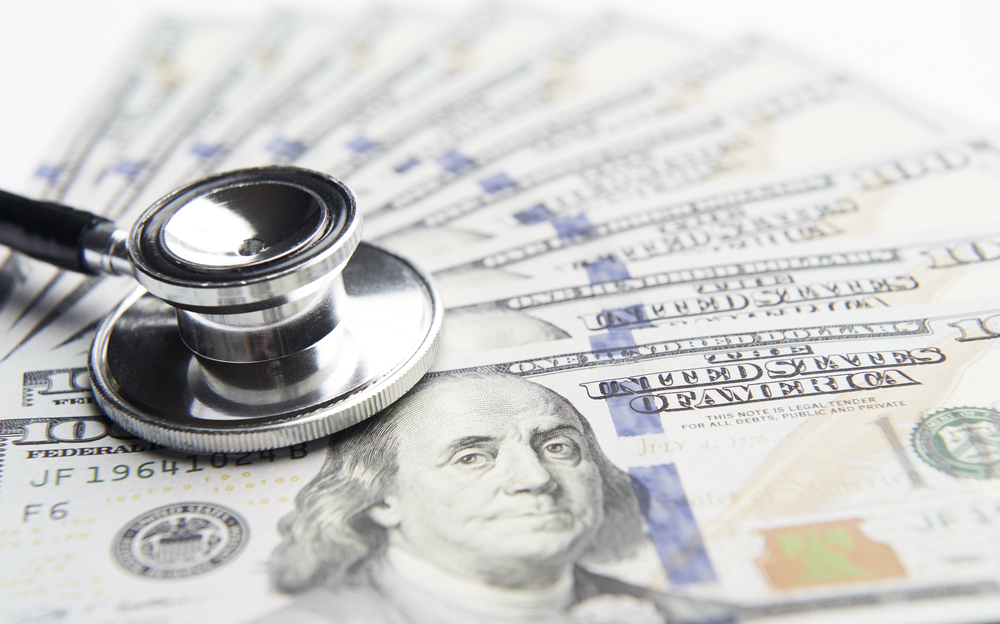
Many people worry that a past injury means no compensation after an accident. That’s not true under Arizona law. If a crash makes your condition worse, you still have the right to seek damages. Insurance companies may try to use your medical history against you, but Arizona law gives strong protections to injury victims.
What Counts as a Pre-Existing Condition?
A pre-existing condition is any health issue you had before the accident. Common examples include:
- Osteoarthritis
- Arthritis
- Asthma
- Osteoporosis
- Degenerative disc disease
- Spinal stenosis
- Heart conditions
- High blood pressure
- Anxiety
- Depression
What is a pre-existing condition in an accident?
It’s any medical issue that existed before the crash, whether mild or severe. The key question is whether the accident aggravated that condition. If it did, you could still pursue compensation.
What is aggravation of a pre-existing injury?
This happens when the accident worsens an existing problem, for example, an old knee injury that now requires surgery after the collision. Arizona law allows compensation for this aggravation.
Can you claim for a pre-existing injury?
No. You can’t recover damages for the old condition itself, but you can recover for the aggravation caused by the crash, involving pre-existing conditions.
Knowing what qualifies as a pre-existing condition is only step one. The bigger question is how these conditions actually influence your personal injury claim.
How Pre-Existing Conditions Affect Your personal injury case
Insurance companies often try to reduce payouts by blaming all your pain on your medical history instead of the accident. That’s why disclosure matters. Being upfront with your lawyer about your health allows us to prove the crash made things worse, and stops insurers from twisting your story.
Disclosure and Medical History
Disclosing your pre-existing conditions and providing medical records is critical for three reasons:
- It helps your lawyer prepare for the arguments the insurance company will make against you.
- It allows your lawyer to calculate your true losses and push for fair compensation.
- If you hide your condition, insurers will likely deny your claim, and a jury may see nondisclosure as proof the accident didn’t worsen your health.
Once your health history is on the table, the next step is proving that the accident, not just your past condition, caused the harm you’re facing today.
Burden of Proof
The plaintiff bears the burden of proof to establish the defendant’s liability for the accident that caused or worsened their injuries. Establishing liability requires the presence of four key elements:
- Duty of care – The other party had a responsibility to act safely (e.g., drivers must follow traffic laws).
- Breach of duty – They failed to act safely, either through negligence or reckless behavior.
- Causation – Their actions caused or worsened your injury.
- Damages – You suffered harm, whether physical, emotional, or financial.
Even with these legal requirements, Arizona law gives injured people important protections that keep the insurance company from shifting all the blame.
Arizona’s Comparative Negligence Rule
Even if you share some fault for the accident, you can still recover damages. Under Arizona’s pure comparative negligence law, your compensation is simply reduced by your share of fault. For example, if you’re 20% at fault, you can still collect 80% of your damages.
Another safeguard is the ‘eggshell skull’ rule, which ensures that being more vulnerable before the accident doesn’t erase your right to compensation.
The Eggshell Skull Doctrine
Arizona law also follows the “eggshell skull” rule: the at-fault driver must take the victim as they find them. That means if you were more vulnerable because of an old injury or illness, the negligent driver is still responsible for the harm they caused.
Example: Someone with a history of back pain is rear-ended in a low-speed crash. What was occasional discomfort turns into daily pain requiring treatment. Arizona law says that worsening is compensable.
Arizona’s Statute of Limitations
Timing also matters. In Arizona, you generally have two years from the accident date to file a personal injury lawsuit. Wait too long, and you lose your right to recover. Acting early also means stronger evidence and fresher medical records.
Deadlines are strict, but what really drives these cases is medical proof. That’s why treatment and documentation are critical from day one.
Independent Medical Examination
Seeking medical care right after the accident is essential. Treatment not only helps you heal but also documents how the crash changed your pre-existing medical condition.
- If you already had treatment before, your doctor can pinpoint how and when the accident worsened it.
- If you had no prior treatment, it’s harder to prove the connection without medical documentation.
That’s why ongoing records are so important. They give your lawyer, and, if needed, a jury, clear evidence that the accident and new injuries aggravated your condition.
Because you can’t be compensated for the condition you had before, but you can recover for the current injuries caused by the accident. Compensation may include medical bills, lost wages, pain and suffering, and PTSD.
The severity of your health condition before and after the accident plays a big role in settlement value. The clearer the evidence of worsening, the stronger the case and the higher the potential compensation. Without that connection, insurers will push for less or deny the claim entirely.
Maximize Your Compensation With Esquire Law
The aftermath of an accident is difficult, especially if you have a pre-existing condition that’s now worse because of what happened. Our legal team will hold the responsible party accountable for the harm they caused you by making them pay for your accident-related expenses. From gathering medical records from your healthcare providers to fighting against greedy insurance companies, our experienced personal injury lawyers will handle every step of the legal process so you can focus on getting better.
Don’t wait to get the justice you deserve. Contact us today to get started with a free case evaluation.
